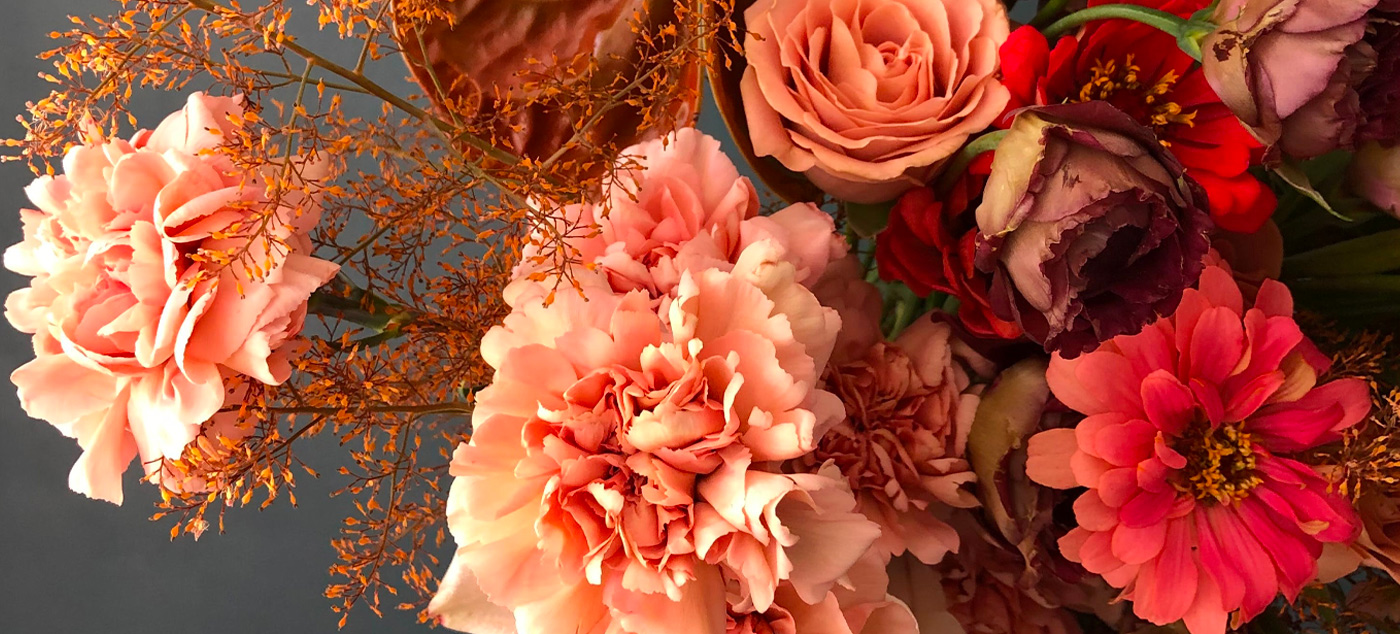Behind the Blooms: The History of Floral Design
Flowers have long captivated humanity with their beauty, fragrance, and symbolism. Across cultures and centuries, floral design has been an art form that transcends mere decoration, weaving stories, traditions, and emotions into breathtaking arrangements. Delving into the history of floral design unveils a fascinating journey of artistic expression, cultural significance, and evolving techniques.
Ancient Beginnings Floral design traces its roots back to ancient civilizations, where flowers held deep symbolic meanings. In ancient Egypt, floral wreaths adorned gods and pharaohs, symbolizing eternity and rebirth. Similarly, in ancient Greece, floral garlands were woven into elaborate designs for religious ceremonies and celebrations, honoring gods and heroes.
Influence of Eastern Cultures. Eastern cultures, particularly those in China and Japan, also contributed to the evolution of floral design. In China, the art of flower arranging, known as Ikebana, emphasized minimalism, balance, and harmony with nature. Ikebana arrangements conveyed philosophical concepts such as simplicity, humility, and the transient beauty of life.
Renaissance and Baroque Eras. During the Renaissance and Baroque periods in Europe, floral design experienced a revival, with artists incorporating floral motifs into paintings, tapestries, and decorative arts. Intricate floral arrangements adorned lavish banquet tables and royal courts, reflecting the opulence and grandeur of the era.
Victorian Era and Language of Flowers. The Victorian era ushered in a fascination with flowers and their symbolic meanings. Floriography, or the language of flowers, became a popular means of communication, with each flower conveying specific sentiments and emotions. Elaborate floral arrangements became a staple of Victorian households, reflecting societal values and expressing sentiments that words often could not.
Modern Influences. In the 20th century, floral design experienced a revolution with the emergence of modernist movements such as Art Nouveau and Art Deco. Artists like Georgia O’Keeffe celebrated the beauty of flowers in their paintings, while florists experimented with innovative techniques and materials to create avant-garde arrangements.
Contemporary Trends. Today, floral design continues to evolve, influenced by changing tastes, trends, and global cultures. From minimalist arrangements inspired by Japanese Ikebana to extravagant installations showcased at international flower shows, floral design encompasses a diverse range of styles and aesthetics.
Behind every floral arrangement lies a rich tapestry of history, culture, and artistic expression. From ancient rituals to modern trends, the history of floral design reflects the timeless allure of flowers and their ability to evoke emotions, tell stories, and connect us to the natural world. As we continue to celebrate the beauty of blooms, let us appreciate the artistry and craftsmanship that goes into creating these botanical masterpieces.




